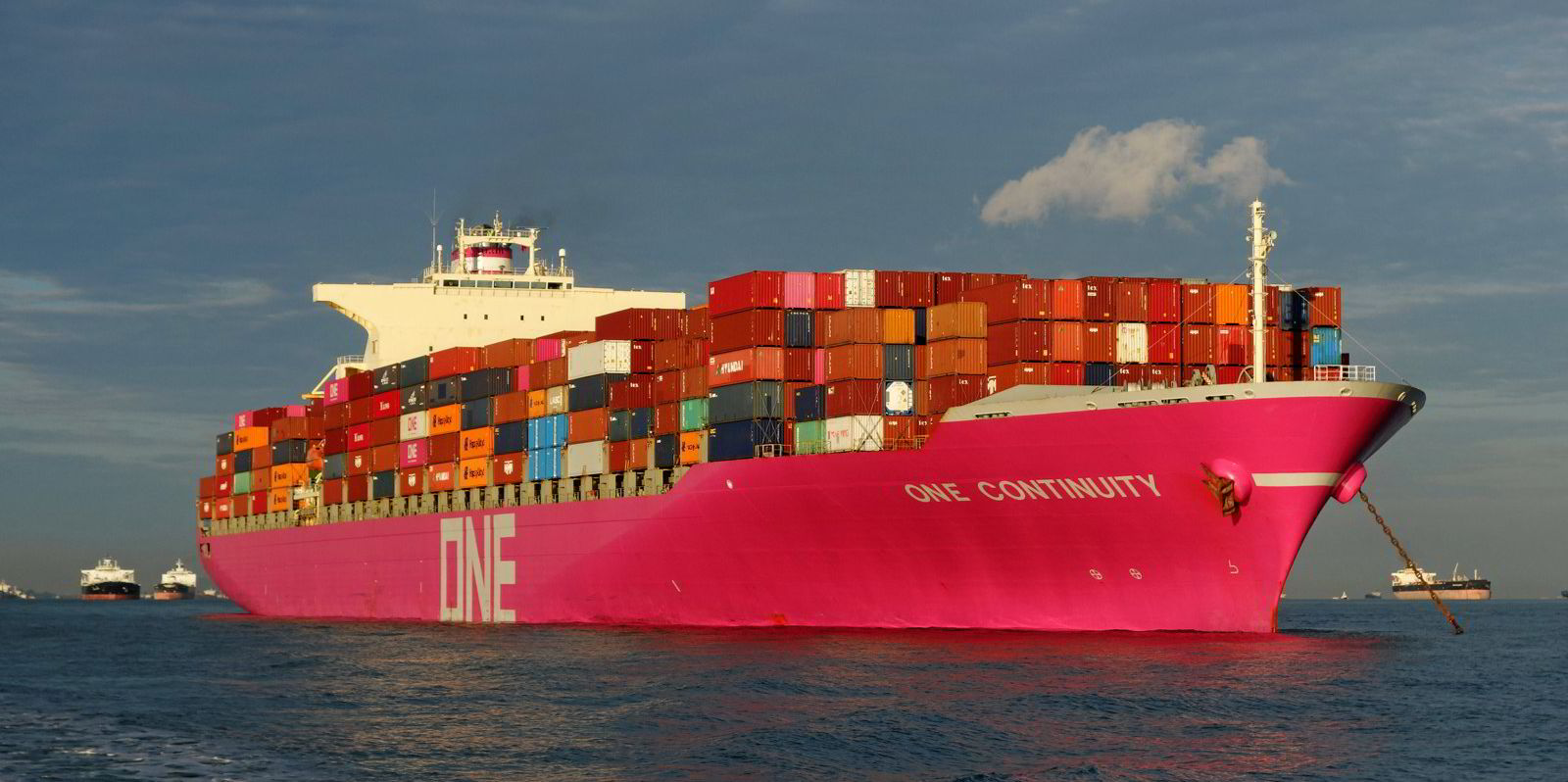Decarbonisation in the shipping industry has become one of the most important factors and has to be addressed with the utmost urgency.
In order to set a view and a pathway towards decarbonisation, Mitsui OSK Lines (MOL) announced the “MOL Group Environmental Vision 2.1” in June 2021 with the aim of achieving group-wide net-zero greenhouse gas (GHG) emissions by 2050.
This article is one of more than three dozen contributions from shipping industry stakeholders about their outlook for decarbonisation efforts in the year ahead. We asked shipowners, managers, financial professionals, technology providers and more about their own efforts to address greenhouse gas emissions in 2022 and what they hope to happen in the industry this year.
Having set this ultimate target by 2050, we have also included a midterm target to deploy net-zero-emission oceangoing vessels in the 2020s, and to reduce the intensity of GHG emissions by approximately 45% by 2035 versus 2019.
The big question is, how do we achieve these goals? With the current technology and infrastructure, achieving net-zero GHG emissions is an extremely difficult task and would need to overcome technological innovation to equip vessels with clean alternative fuel engines and to develop the infrastructure to allow these vessels to bunker around the world.
MOL will accelerate towards net-zero GHG emissions by investing approximately ¥200bn ($1.7bn) in the low-carbon and decarbonisation field over three years.
We also believe it is equally important to reduce the GHG emissions throughout the process, with LNG fuel the realistic and effective solution during the transition period until the clean fuel becomes available, economically viable and accessible.
Although LNG is also a carbon-based energy source, this will reduce the GHG emissions each year compared with using conventionally-fuelled vessels until the zero-emission ships become available.

MOL has announced it will deploy approximately 90 LNG-fuelled vessels within 2030, which ideally will transit to using synthetic methane to achieve decarbonisation going forward.
Furthermore, MOL is introducing a few projects using wind energy to reduce fuel consumption and GHG emissions from ships.
"Wind Challenger" is a project to implement a telescopic hard sail to convert wind energy to propulsive force. "Wind Hunter" is an ultimate zero-emissions project that combines wind propulsion sailing technology from Wind Challenger and converts the wind energy to generate hydrogen, which becomes the main energy source when there is no wind.
Within the 2020s, MOL will also deploy an ammonia-fuelled vessel as a net-zero-emission oceangoing vessel. Together with partners, we are in the stage of developing vessels that can accommodate an ammonia fuel engine, which was announced in October.
Furthermore, MOL is planning to deploy approximately 110 net-zero-emission oceangoing vessels by 2035. Again, the success of ammonia fuel and other new clean fuels will depend on accessibility. It is essential for the infrastructure development of bunker supply but it will also need to support this movement to make this happen.
We, at MOL, believe it is important for the maritime industry to move together towards decarbonisation and involve other industries to make the maritime industry greener and greater.





